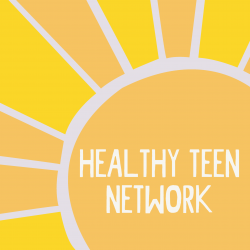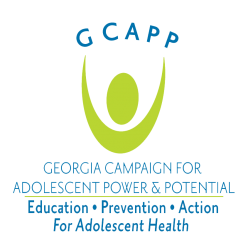Educators and others who work with youth often feel anxious about addressing sensitive issues—such as topics associated with strong personal values—in the classroom, whether they are part of a curriculum or surface in a general class discussion. Sexuality, alcohol and other drugs, politics, race, and bullying are just a few examples of issues that, if not handled sensitively, could result in alienated students or angry parents contacting the school or agency. The most common topic targeted in this training is sexuality education, but the focus can be adjusted based on participants' needs. Participants identify the sensitive topics they face in their workplace and have the opportunity to assess their personal values, consider student diversity, and build the skills needed to answer difficult questions. The facilitator shares a set of proven strategies for responding to questions related to sensitive topics and harassing/bullying statements, and participants practice effective responses to build their skills.
Objectives of this course:
- Identify a range of personal and community-based values.
- Explore a set of effective facilitation techniques for addressing difficult issues.
- Practice using the techniques to effectively answer a variety of difficult questions.
- Practice using the techniques to effectively respond to harassing/bullying comments.
- Develop a personal plan of action to master the facilitation practices.
Visit ETR's Training & TA Form to submit your request and receive cost information.




